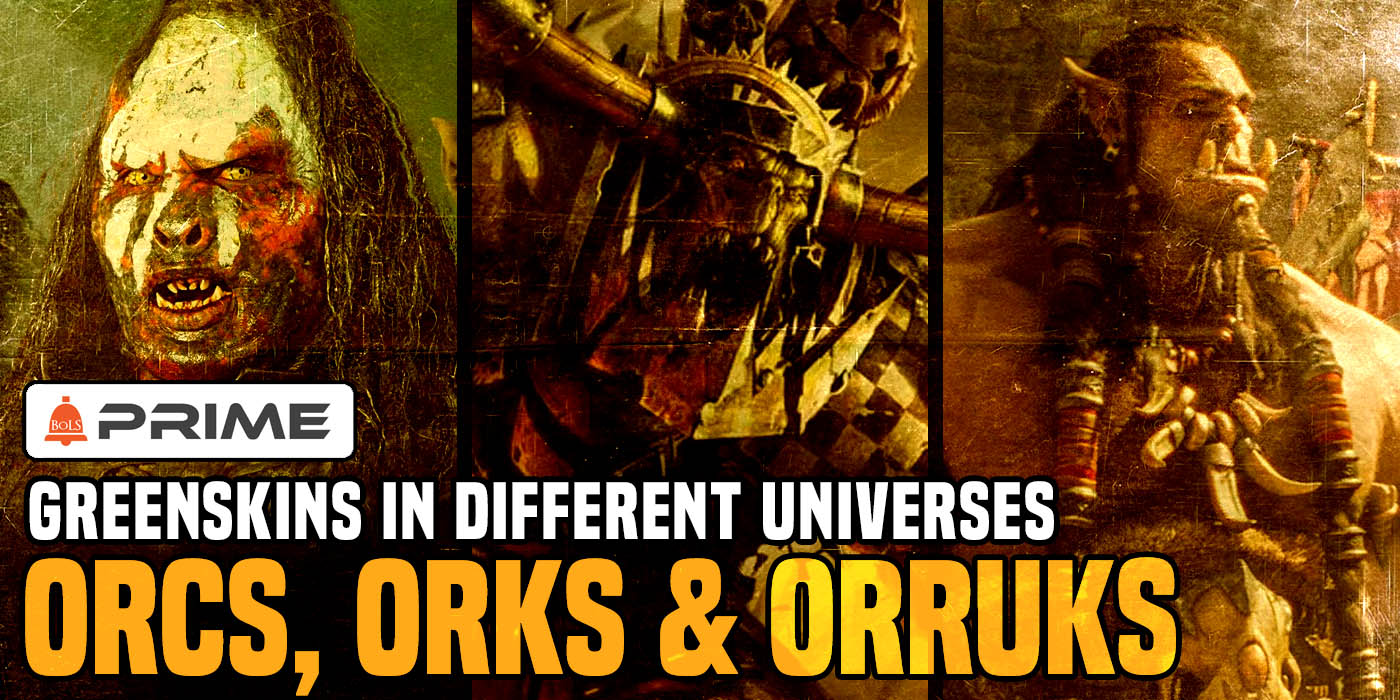From Fungus to Warlock, Greenskins have existed in universes all across the fantasy spectrum.
This weekend, Warhammer's Beast Snaggas Orks will be unleashed on the 41st millennium and, alongside the Kruleboyz Orruks of the Realms, will usher in a brand new age of green supremacy on the tabletop. I love that both the swampy Orruks and the feral Orks are coming out simultaneously, as they both represent a pull away from what we're used to with both of those armies (unless you were playing Snakebites, but even then, the Beast Snaggas go further). Of course, even with all those expectations, Orcs have never been a property exclusive to the Games Workshop line. Sure they share a few almost universal similarities, but from the Forgotten Realms to the lands of Azeroth, orcs exist, similar but also intrinsically unique.
Global Similarities
While all the orcs are unique in their own universe, there are a few things that most, if not all, of them have in common. Boar-like tusks, for example, can be seen in almost every type of Orc, and the belligerent nature of those creatures is often represented in the orc mentality. The idea of "might makes right" plays heavily into it, seeing Orc leade...

